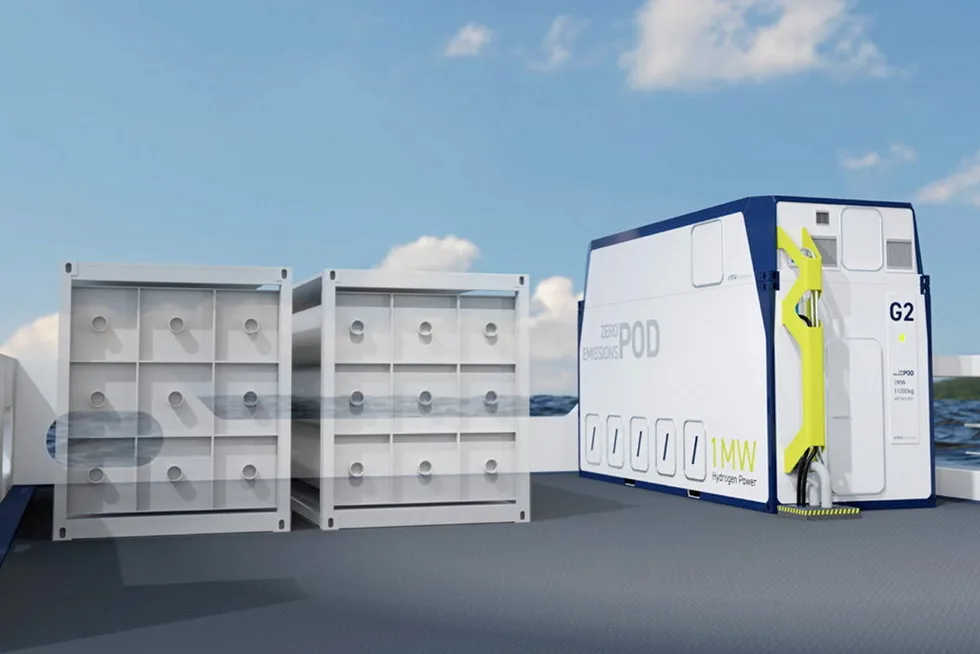'Engine room in a box' | Technology that can convert any ship to run on hydrogen gets initial approval
Hav Hydrogen's Pod is designed as an on-deck drop-in solution, but will require a lot of further space for H2 storage, company boss tells Hydrogen Insight
